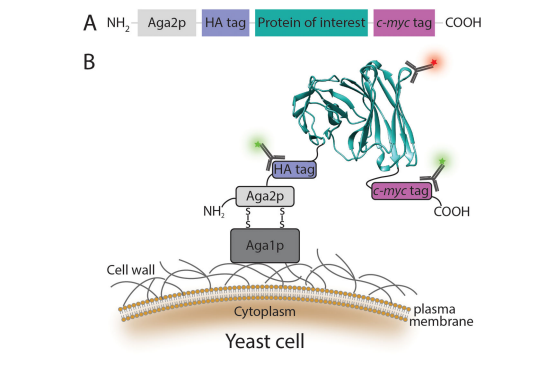Cookie preferences
This website uses cookies, which are necessary for the technical operation of the website and are always set. Other cookies, which increase the comfort when using this website, are used for direct advertising or to facilitate interaction with other websites and social networks, are only set with your consent.
Configuration
Technically required
These cookies are necessary for the basic functions of the shop.
"Allow all cookies" cookie
"Decline all cookies" cookie
CSRF token
Cookie preferences
Currency change
Customer-specific caching
FACT-Finder tracking
Individual prices
Selected shop
Session
Comfort functions
These cookies are used to make the shopping experience even more appealing, for example for the recognition of the visitor.
Note
Show the facebook fanpage in the right blod sidebar
Statistics & Tracking
Affiliate program
Conversion and usertracking via Google Tag Manager
Track device being used

| Item number | Size | Datasheet | Manual | SDS | Delivery time | Quantity | Price |
|---|---|---|---|---|---|---|---|
| PNB-RY8019 | 1 each | - | - |
10 - 14 business days* |
1,665.00€
|
If you have any questions, please use our Contact Form.
You can also order by e-mail: info@biomol.com
Larger quantity required? Request bulk
You can also order by e-mail: info@biomol.com
Larger quantity required? Request bulk
The most common yeast display system employs fusion of the protein of interest to the C-terminus... more
Product information "Saccharomyces cerevisiae Surface Display Vector Kit"
The most common yeast display system employs fusion of the protein of interest to the C-terminus of the a-agglutinin mating protein Aga2p subunit, a technology pioneered by Boder and Wittrup. The yeast surface display construct designed for this system includes two epitope tags: a hemagglutinin (HA) tag between Aga2p and the N-terminus of the protein of interest, and a C-terminal c-myc tag. Induction of protein expression results in surface display of the fusion protein through disulfide bond formation of Aga2p to the beta1,6-glucan-anchored Aga1p domain of a-agglutinin. The epitope tags allow quantification of fusion protein expression, and thus normalization of protein function to expression level by flow cytometry using fluorescently labeled antibodies. However, detection of epitope tags yields no information on the fold or function of the protein of interest. Therefore, a ligand or antibody specific for the native fold of the displayed protein must be used to interrogate these properties. To increase throughput, yeast-displayed libraries of greater than 10^8 variants can first be screened using bead-based magnetic-activated cell sorting (MACS) to reduce the library diversity before screening with FACS. In this method, magnetic beads are coated with a soluble target of interest, for example, an antibody or ligand. The beads are then incubated with the yeast library, and yeast displaying non-binding protein variants are removed by washing, after which the yeast binding the desired target are eluted and recovered. This method is advantageous for removing truncated, misfolded, and weak affinity proteins from the library, thereby reducing library diversity to a size that is amenable to quantitative screening by FACS.
| Supplier: | ProNet Biotech |
| Supplier-Nr: | RY8019 |
Properties
| Application: | Yeast display system |
Database Information
Handling & Safety
| Storage: | -80°C |
| Shipping: | +20°C (International: +20°C) |
Caution
Our products are for laboratory research use only: Not for administration to humans!
Our products are for laboratory research use only: Not for administration to humans!
You will get a certificate here
Viewed

